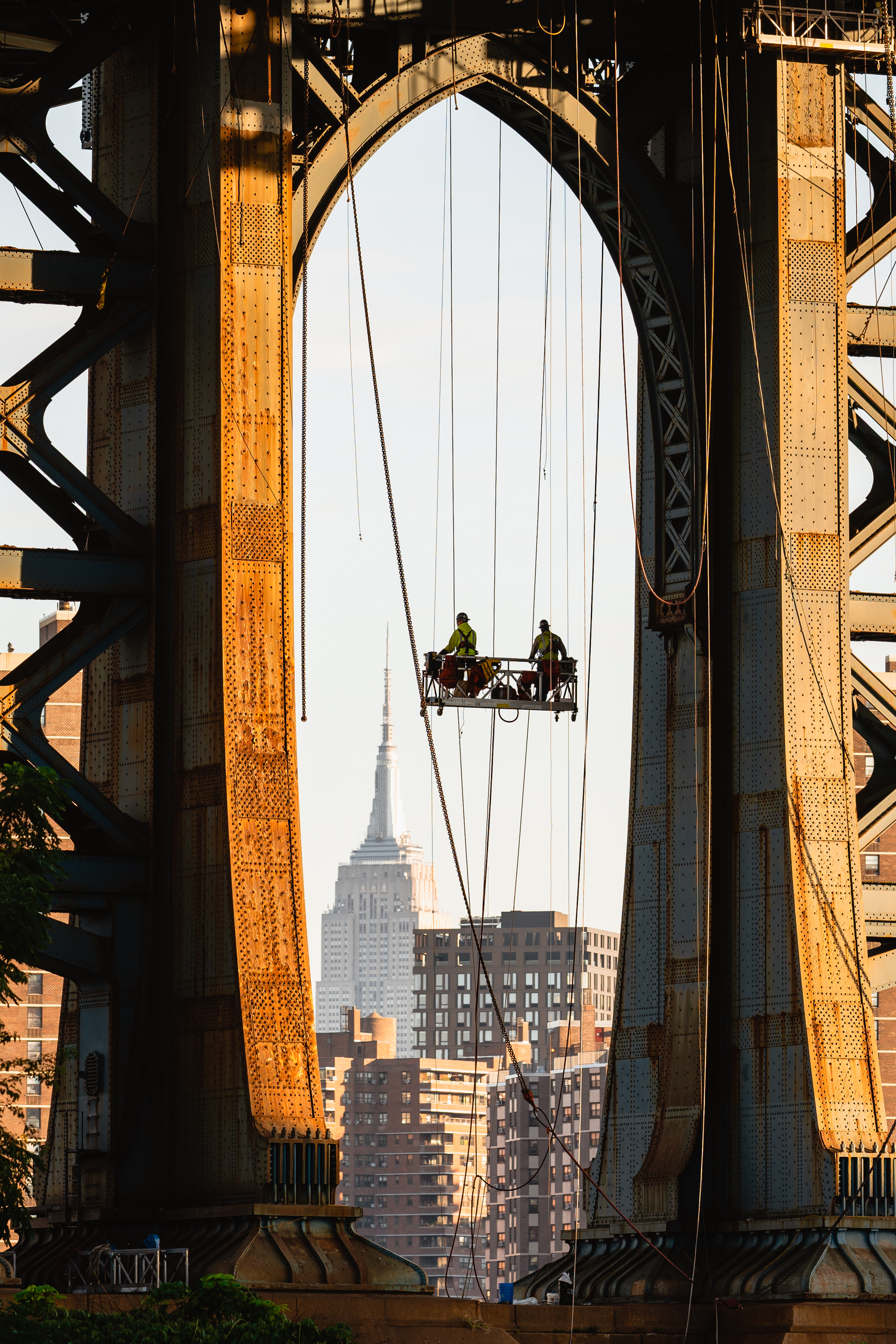
SEPTEMBER 2020: As the coronavirus continues to overwhelm the US, New Yorkers are finding short-term reprieve within a tiny slice of time – a window wedged between the hellishly hot summer nights and the threats of a second wave come the icy winter. A couple of precious months between riots that destroyed shopfronts and an election that could ruin a country. Some time to catch their breath from underneath their masks as they keep marching for equal justice and reimagine communities and opportunities.
As an Australian journalist rooted on New York’s Lower East Side, I would often run across the Brooklyn Bridge in the dying daylight. Rarely did I not stop to take in the magnitude of Manhattan and the thousands of zombie workers inside its skyscrapers, their windows puncturing lights in the curtain of navy sky. The hassle of the city – the trains that never came, the taxis caught in gridlock, the price of wine – was always worth it just to be amidst the energy and ambition that exists in its streets.
These particular coordinates, however, always reminded me of the chaos New York has endured, the way its skyline was forever marred the morning of 9/11. Standing here, I always thought about the resilience of its people and the way they rebuilt their lives again and again despite aching losses. And as I got to know the neighborhood around me, I learnt that most of its characters had been the ones to rebuild this town in the past.
Frank Prisinzano was one of them. Born in Queens, the 54-year-old restaurateur is the owner of East Village mainstays Frank, Supper and, the only place to eat a truffle pasta, Lil Frankie’s. While the coronavirus took the lives of two of his staff (“both were 51-years-old, healthy like bulls and died suddenly”), Prisinzano and his team worked around the clock to feed frontline workers delicious Italian cuisine, a notion that brought back memories from 19 years ago. “We got busier right after the planes hit the Twin Towers because they closed the streets from 14th down. Only emergency vehicles were allowed through,” Prisinzano recalls. “Home-style, inexpensive Italian food is what makes you feel better during a crisis. Many people became regulars immediately. The pandemic is way worse but the feeling of uncertainty – and fear of more attacks – is the same as 9/11.”
As the virus engulfed New York in March of 2020, the once bustling streets turned ghostly. One of my girlfriends was kept awake night after night by the hum of a refrigerator truck keeping corpses cool outside a hospital in Brooklyn. Another was convinced Bruce Willis was about to fall from one of the helicopters policing protesters from the sky. And yet, there was something incredibly, dare I say, “festive” about being in New York at this time – a camaraderie among masked strangers all experiencing a collective anxiety.

At the time of publication, the US death toll has exceeded 211,000 with nearly 24,000 of them from New York City. There are also the very important Black Lives Matter protests happening adjacent to the virus. “Despite any specific political views, New Yorkers as a whole are connected by their absolute belief in racial equality, by our gratitude for the health care workers and the vast number of people that keep our city running,” says Sophie Roche Conti, Founder and CEO of Conti Communications on New York’s LES. “There is an inherent sense of camaraderie that New Yorkers feel even in the darkest of times.”
So how will that NYC energy reconstitute itself? What will it look like? What lies ahead? In this series, you’ll find a collection of stories from downtown New Yorkers – friends and acquaintances I met along Delancey Street and Orchard and Bowery – as they recount their toughest days since March and talk about how they are rebuilding their ambitions, their heartbreaks, their livelihoods – and thus the city.
“Never bet against NYC,” says Prisinzano. “You will lose miserably every time.”
Cover image: Author Jessica Bailey, By Lara Blackwell
Delve into THE STORIES FROM DOWNTOWN New York here.













